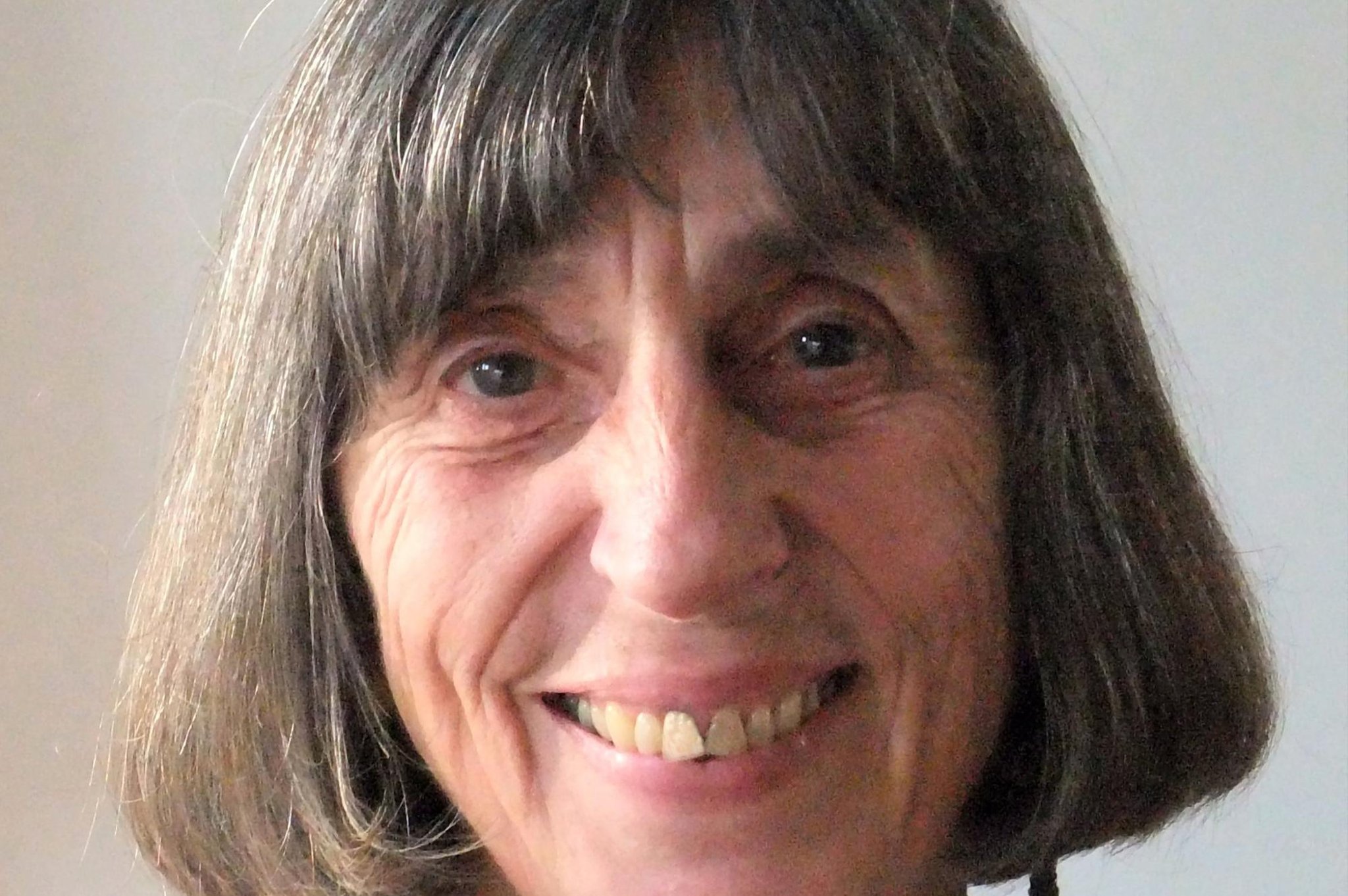Diana Ambache
Although literature in all its forms is expected to be my first love, I have always had a strong interest in other art forms. During the lockdown it was a shame not to be able to go to galleries; and viewing portraits and sculptures online is a poor substitute. While in the hospital, I seriously considered filing a legal complaint that the lack of Radio 3 was a violation of my human rights. My daily routine is listening to and reading classical music from morning to noon, so this book has been a singular pleasure. It is subtitled “The Mendelssohns in Scotland and Italy” and was written by a pianist, author and musicologist. But it is much more than a dry academic tome.
Felix Mendelssohn came to Scotland in 1829, and this resulted in two recognizable pieces: the Hebridean Overture and the Third (“Scottish”) Symphony. Though he also traveled to Italy and his sister a little bit about what to see, do and eat (ham and broccoli salad, anyone?). Ambache has a keen interest in the recovery of female composers, and her work on Fanny Mendelssohn is the most fascinating part of this book.
Register to our daily newsletter
The i-newsletter cut through the noise
The reason for enjoying the book is that the Mendelssohns weren’t just composers and interpreters. They got interested in the arts, and the lovely illustrations here show what an accomplished draftsman Felix Mendelssohn was, with images of Arthur’s Seat, Killiecrankie, the Braan Falls, and Birnam Wood being remarkably precise. Strangely enough, there is no drawing by him of Fingal’s cave in Staffa, the alternative title of the Hebridean overture. Given how seasick he was there, this may not come as a surprise. What is surprising is that he started the piece before he came to Staffa. Its misty opening was more about the idea of Scotland, borrowed from the Ossian poems and the work of Walter Scott, than an actual encounter.
The Soul of the Journey, by Diana Ambache
It has always struck me as a little ironic that Scotland in the 19th century had so many songs and flute sonatas in the Scottish style, even though I don’t particularly like the flute. Even today, audiences will recognize Peter Maxwell Davies as sounding Scottish, even though he was born in Salford.
Most readers will be familiar with the Scotland-inspired pieces, but Ambache is a good guide to the technical aspects of each one. My lapsed musical knowledge is still sufficient to be able to step through the notes for key changes and cadence, but even if you haven’t had to single out Für Elise at the piano, it will make you listen more carefully to the works. In addition to the visual material and the expertise on the actual compositions – and it is helpful to know that the works for Mendelssohn were in constant revision – there is an appendix with the letters between Felix and Fanny. I had never read these before and their prose has a tangy, teasing, sharp-eyed quality. Mendelssohn may not be compared to Boswell and Johnson, but the small details of wooden clogs, a landlady singing a minor lullaby, and “incomprehensible Gaelic” add vibrancy to the prose. The siblings are wonderfully bitchy about the singing in the Vatican and the din of Italian bagpipes (“the most terrible music ever produced by human lungs and goat skin”).
The real revelation here lies in the detail of Fanny Mendelssohn’s sequence The Year. Although she was recognized as a brilliant interpreter and ingenious programmer by music evenings, who shared her brother’s love for Bach and Beethoven and introduced German music to Italy, she was still a bit aloof. A male musician colleague remarked that “she would frighten people with her cleverness,” and Felix was reluctant to encourage her to publish her work.
The year is a complex work. In a way, it’s a mystery. We have the music, of course. But the score is a thing of its own. It consists of 12 parts and a finale that covers the months of the year. In addition, each one carries an epigram of the great German writers such as Goethe, Schiller and Luther. In addition, the manuscript was illustrated by her husband Wilhelm Hensel, which adds another level of interpretation. Moreover, she chose different colored papers for each of the pieces. By combining music, text and visual art, the thing itself is a multimedia creation that has fallen out of time.
There’s a lot to enjoy here, although it can be a niche interest. What it did was make me listen attentively to Das Jahr, which is a truly wonderful work. Anything that makes a reader ponder is both of value and virtue.
The Soul of the Journey, by Diana Ambache, Birlinn, £ 14.99
A message from the editor:
Thank you for reading this article. We need your support more than ever as the changes in consumer habits caused by the coronavirus are affecting our advertisers.

